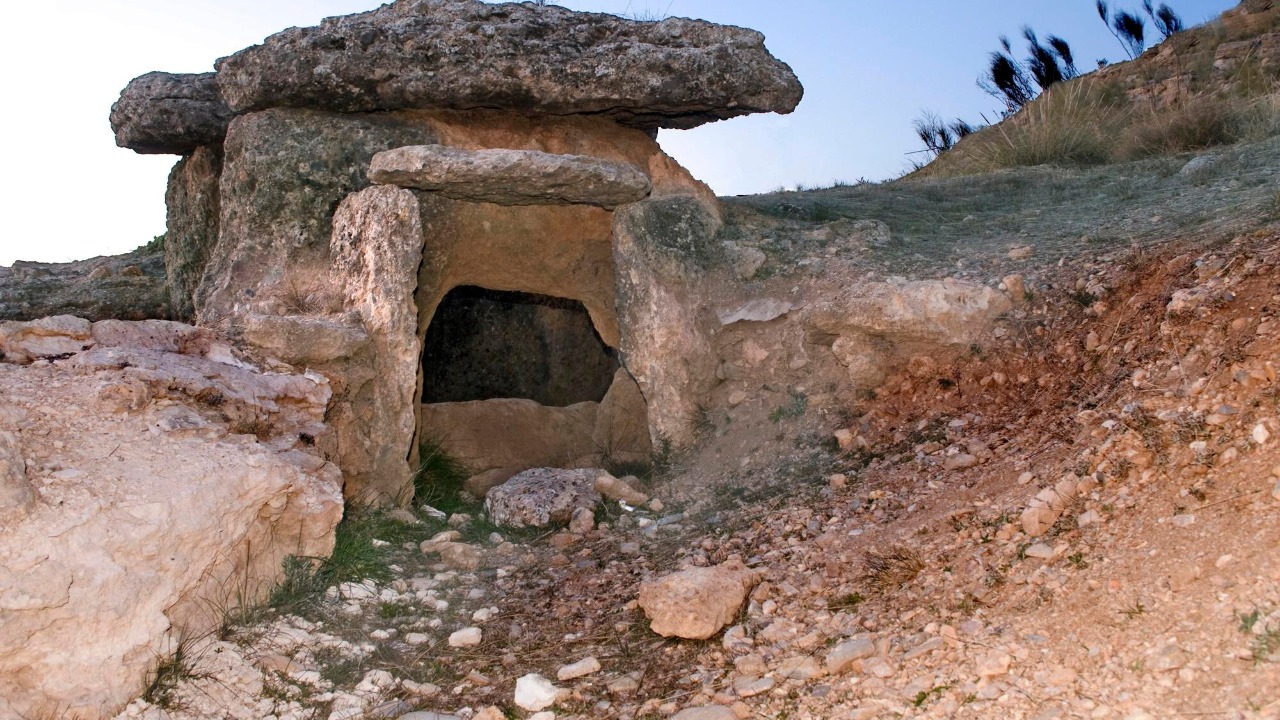
Recent archaeological discoveries beneath the site traditionally believed to be Christ’s burial spot have sparked renewed interest and debate about the historical accuracy of biblical accounts. These findings not only provide insights into ancient practices but also appear to corroborate specific details mentioned in the Bible, adding another layer of evidence to the ongoing discussion about its authenticity.
Historical Context of Christ’s Burial Site
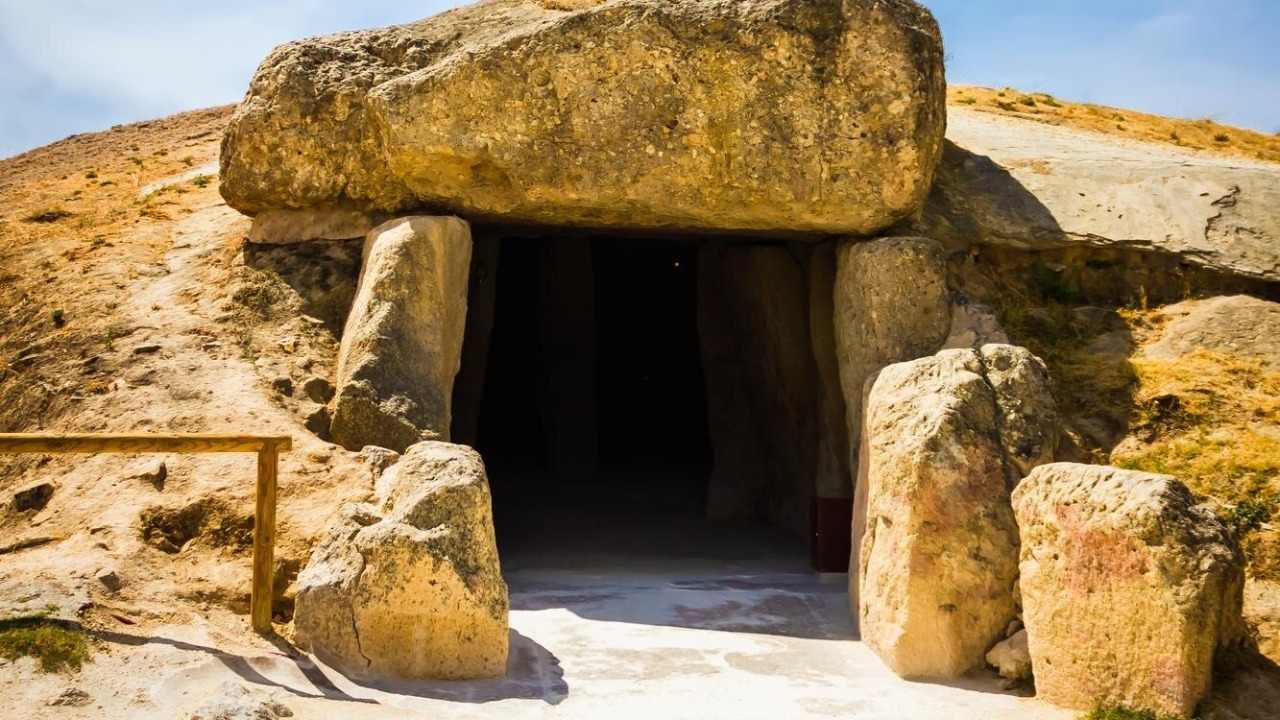
The Church of the Holy Sepulchre, located in the heart of Jerusalem, is revered by many as the site where Jesus was crucified, buried, and resurrected. This architectural marvel, with its rich tapestry of history, is a pilgrimage destination for millions of Christians worldwide. Built in the fourth century by Emperor Constantine, the church stands as a testament to centuries of religious devotion and has undergone numerous restorations and reconstructions due to invasions, fires, and natural decay. Its significance extends beyond religious reverence, offering a tangible connection to events described in the New Testament.
Past archaeological excavations around the Church of the Holy Sepulchre have yielded fascinating insights into the historical and biblical narratives. For instance, previous digs have uncovered ancient tombs and remnants of the original church structure, which have corroborated aspects of the biblical story. These findings have been instrumental in advancing biblical scholarship, offering evidence that supports the geographical and historical context described in the Bible. The church itself, with its layers of history, has been an ever-present subject of archaeological and theological study, continually revealing new insights.
The recent discoveries beneath this sacred site are particularly noteworthy. Archaeologists have uncovered evidence that may further substantiate the biblical accounts, sparking excitement among historians and believers alike. These findings are not just archaeological treasures; they serve as potential affirmations of the narratives cherished by millions, promising to deepen our understanding of ancient Jerusalem and the events that unfolded there.
The Recent Archaeological Discoveries
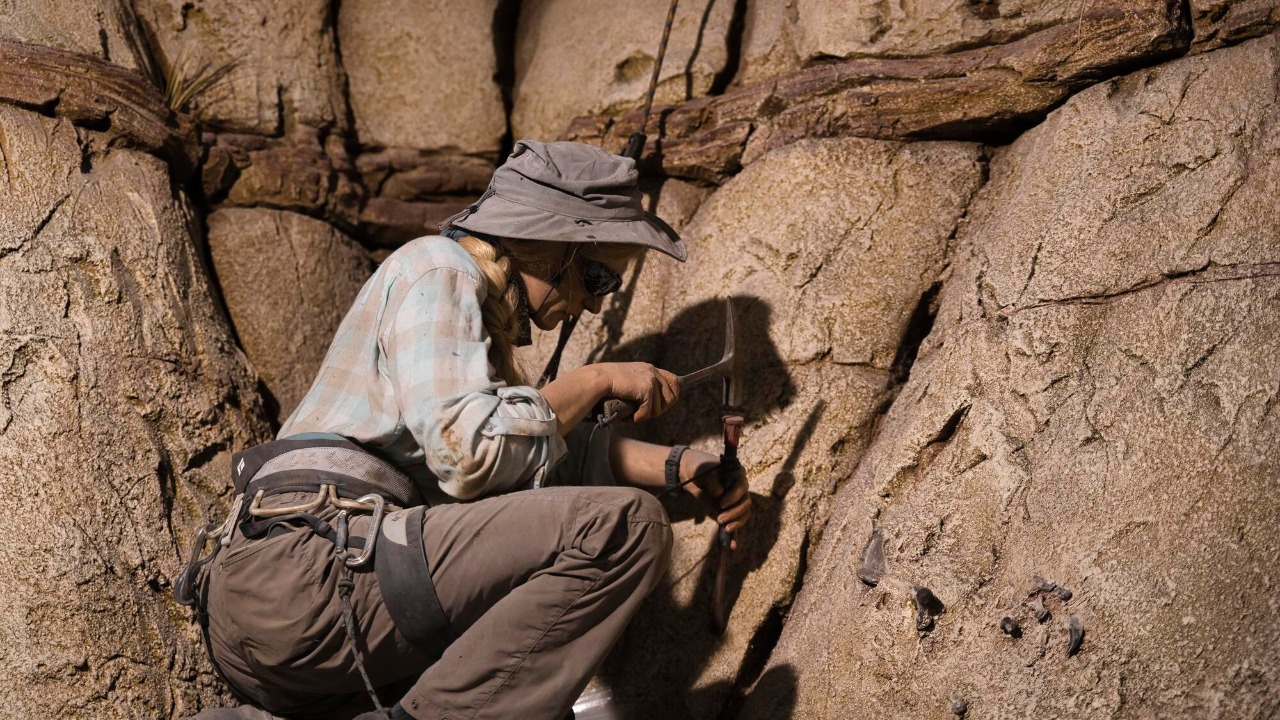
Among the latest discoveries is an ancient garden unearthed beneath the site. This garden, featuring a complex network of terraces and irrigation channels, offers a glimpse into the horticultural practices of the time. The presence of this garden is particularly intriguing as it aligns with descriptions found in the Gospels, specifically the Gospel of John, which mentions a garden near the place where Jesus was buried. Such a discovery not only enriches our understanding of the landscape but also adds a layer of historical context to the biblical accounts.
The array of artifacts found alongside the garden includes pottery, tools, and remnants of ancient structures. These items are vital in piecing together the daily life and customs of the period. The pottery, for example, offers clues about the trade and cultural interactions of the time, while the tools provide insights into the technological advancements and everyday activities of those who lived there. Each artifact serves as a puzzle piece, helping historians construct a more comprehensive picture of the era.
Most compelling is the corroborative evidence found during these digs. The alignment of these discoveries with descriptions in the Gospels has captivated scholars and believers alike. The garden mentioned in the Gospel of John, along with other elements of the site, underscores the possibility that these biblical narratives are rooted in historical truth. While archaeological evidence alone cannot prove the spiritual aspects of the Bible, such findings lend credibility to its historical claims.
Implications for Biblical Authenticity
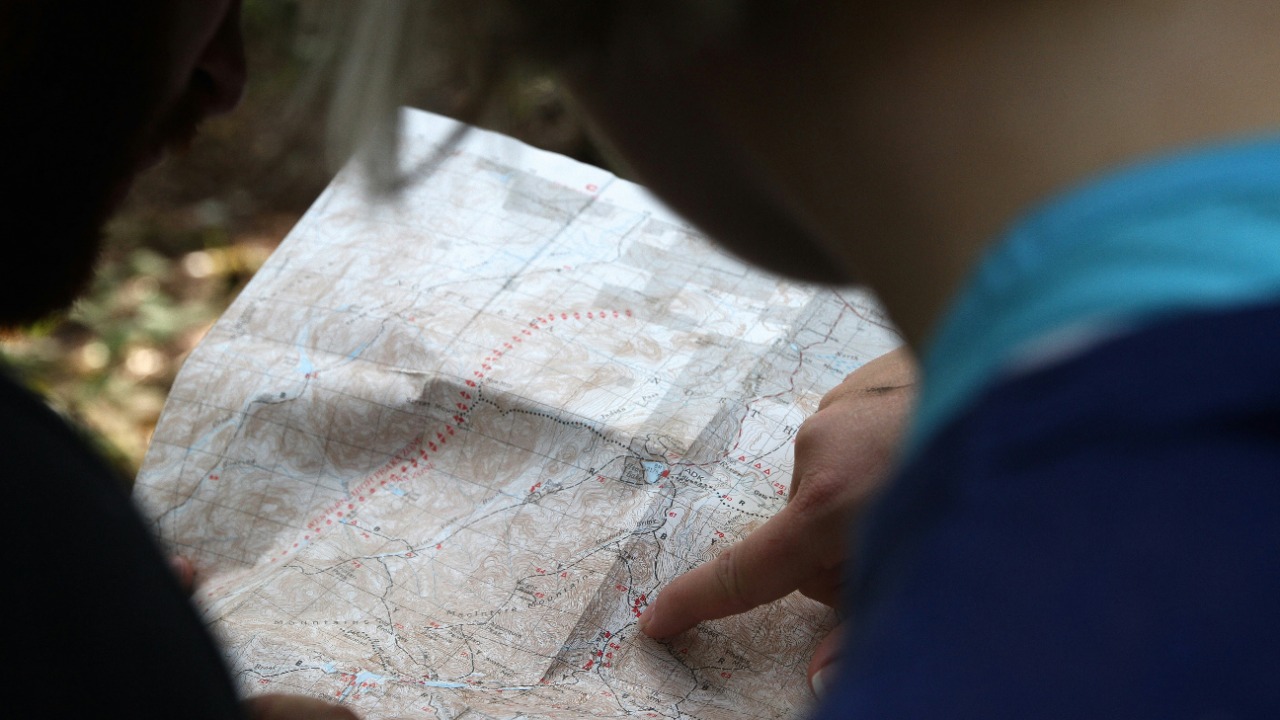
The alignment of these recent archaeological findings with gospel accounts is a significant development in the ongoing debate about the Bible’s historical accuracy. By providing tangible evidence that supports the narrative of Jesus’ burial and resurrection, these discoveries strengthen the argument for the Bible as a historical document. For believers, this serves as a powerful affirmation of their faith, reinforcing the stories that form the cornerstone of Christian doctrine.
Experts from various fields have weighed in on the significance of these discoveries. Archaeologists highlight the meticulous nature of the excavation process and the importance of contextualizing findings within the broader historical and cultural landscape. Theologians, on the other hand, emphasize the spiritual implications, viewing these discoveries as divine confirmations of biblical truth. The convergence of these perspectives underscores the multifaceted impact of such findings on both academic and religious communities.
While these discoveries offer compelling evidence, they also address common criticisms regarding the Bible’s historical reliability. Skeptics often question the veracity of biblical narratives, citing a lack of corroborative evidence as a primary concern. However, as more archaeological evidence emerges that aligns with biblical accounts, it becomes increasingly challenging to dismiss the Bible’s historical claims outright. These findings encourage a more nuanced understanding of the Bible, one that considers both faith and evidence in the pursuit of truth.
Broader Impact on Religious and Academic Communities
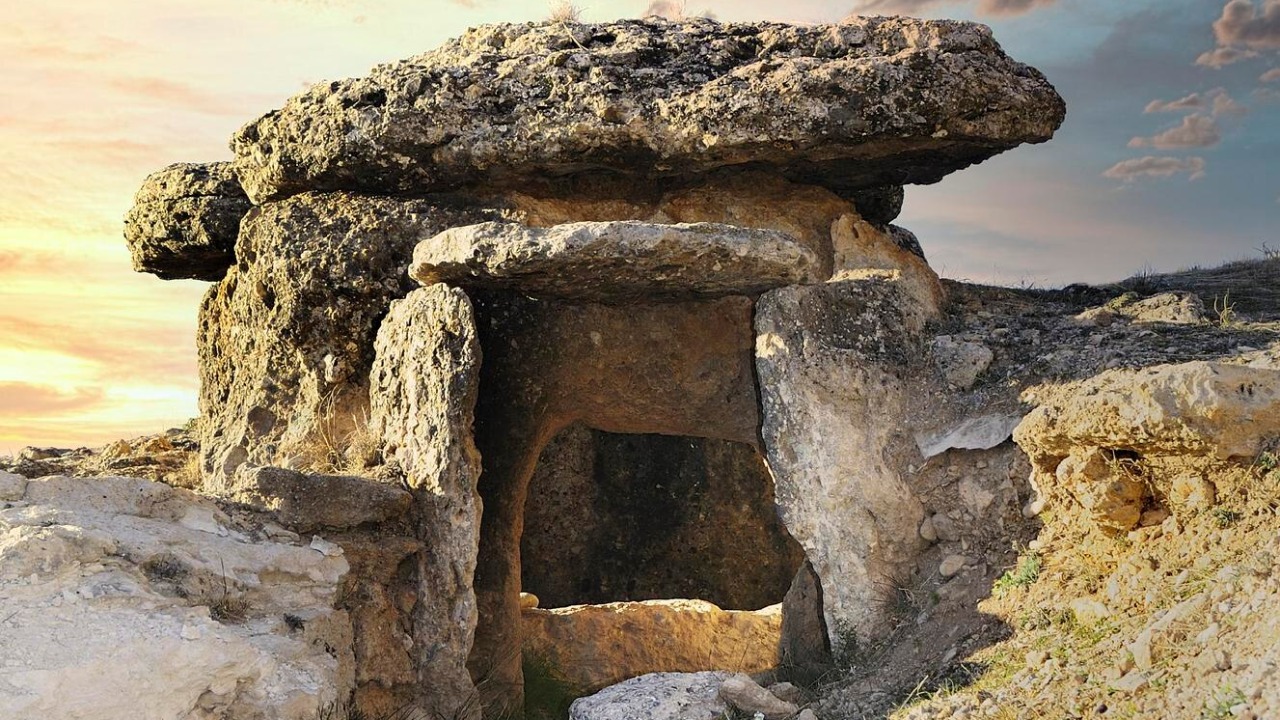
The impact of these discoveries extends beyond academic circles, resonating deeply within faith communities worldwide. For believers, the alignment of archaeological evidence with biblical accounts serves as a powerful testament to the Bible’s reliability. This newfound affirmation can strengthen the faith of individuals and communities, providing a sense of connection to the historical events that form the foundation of Christianity. Such discoveries can also inspire renewed interest in biblical studies and encourage believers to explore their faith through the lens of historical inquiry.
Within the academic community, these findings have sparked lively debate and discussion. Scholars from diverse disciplines are examining the implications of these discoveries, proposing new theories and interpretations of biblical narratives. The convergence of archaeological evidence and biblical accounts presents an opportunity for scholars to re-evaluate long-held assumptions and explore new areas of research. This dynamic interaction between archaeology and theology enriches our understanding of the past and offers fresh perspectives on ancient texts.
Looking ahead, these discoveries pave the way for future research and exploration. The ongoing excavation efforts around the Church of the Holy Sepulchre promise to reveal even more about the historical context of biblical events. Scholars and archaeologists are eager to uncover additional evidence that could further illuminate the world in which these stories unfolded. As new findings emerge, they will continue to shape our understanding of history and challenge us to consider the complex relationship between faith and evidence. For those interested in exploring further, additional discoveries around the area may offer even more insight into this fascinating intersection of history and belief.